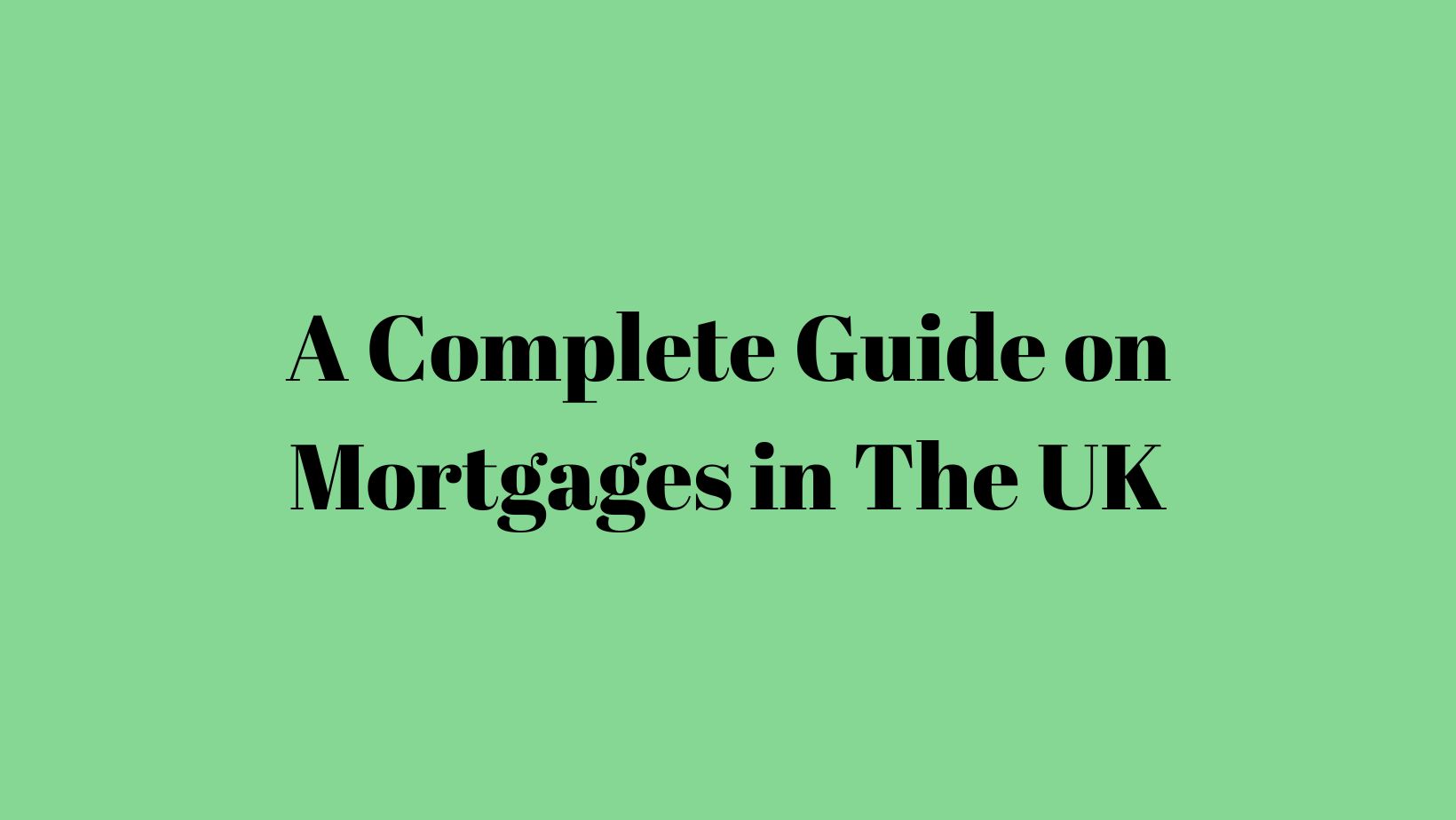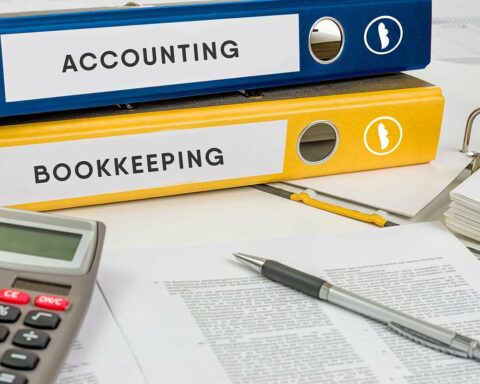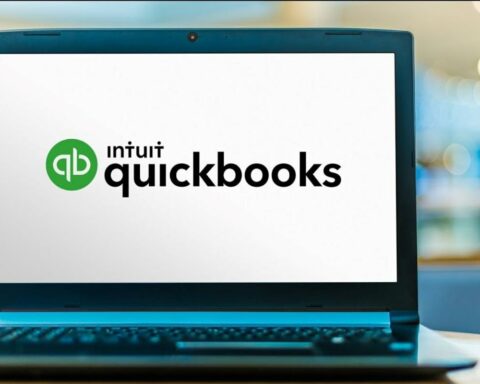You have come to the right website if you are interested in learning A complete guide on Mortgages in the UK. This article will teach everything you’ve ever wanted to know and much more about mortgages.
The mortgage market in the UK
Building societies, the first mortgage market in the UK established in Birmingham in 1775, have long dominated the mortgage sector in the United Kingdom. However, building societies’ stake in the new mortgage credit market has fallen significantly since the 1970s.
Between 1977 and 1987, the percentage of banks and other institutions declined from 96 percent to 66 percent, while the share of individuals increased from 3 percent to 36 percent. Building societies, banks, specialist mortgage firms, insurance companies, and pension funds are among the primary lenders.
During the four years after the 2008 financial crisis, the UK mutual sector contributed over 80% of net lending to the housing market. In the United Kingdom, there are over 200 major different financial institutions offering mortgage loans to home purchasers, with Lloyds Bank and the Nationwide Building Society having the highest market share.
Who can get a mortgage in the UK?
- All applicants must be at least 18 years of age.
- When your mortgage expires, you must be 75 or younger.
- A permanent UK/EU citizen, or someone who has resided in the UK for at least two years and has the right to stay indefinitely.
- In the past six years, you have had no defaults or County Court Judgments (CCJs) totaling more than £100.
- Free from having engaged in an Individual Voluntary Agreement (IVA) or Scottish Trust Deed in the previous six years or been declared bankrupt.
- Free of being repossessed or having engaged in voluntary repossession.
- A consumer with a regular income and consistent spending keeps up with your mortgage payments.
Types of mortgages in the UK-
For individuals inexperienced with mortgages, the diversity of mortgage packages available in the UK may be daunting. Fixed-rate and variable mortgages are the two primary forms of mortgages in the UK.
There are also a few specialized varieties for specific situations. Here is a quick rundown of the many types of mortgages in the UK.
Mortgages with fixed rates
These mortgages typically have fixed-rate interest rates for two or five years. After the fixed-rate term, the interest rate will usually be reset to the lender’s regular variable rate. Fixed-rate mortgages are popular among UK homebuyers, accounting for around 75% of mortgages issued in the UK.
Because the usual variable rate may be much higher, homeowners often refinance their property after the fixed-rate term. Lenders often give mortgages for roughly 25 years; shorter (e.g., 15 or 20 years) and longer (e.g., 30 or 35 years) mortgages may be arranged.
Mortgages with variable rates
Variable-rate mortgages are subject to fluctuation and are influenced by the general interest rate. This makes them riskier Mortgage rates in the UK, although they might be advantageous if interest rates unexpectedly fall.
Many variable-rate mortgages include a standard variable rate (SVR), a rate established by individual lenders and is subject to change at any moment.
Mortgages at a discount
This is a kind of SVR mortgage with a reduction added to the SVR for a specific time (typically 2–3 years). When looking for mortgages in the UK, you’ll need to compute the discount and the lender’s SVR mortgage rate.
Mortgages with variable rates
These SVR mortgages follow the interest rate from another source (often the Bank of England) and may help you avoid a surprise increase imposed by your specific lender.
Capped rate mortgages
This implies that a variable mortgage’s interest rate is limited and cannot climb over a particular level. Some capped-rate mortgages in the UK are only available at a higher standard rate than other variable-rate mortgages.
Offset mortgages
These mortgages are connected to your savings account, so the balance in your savings account is utilized to decrease the interest rate on your mortgage. Offset mortgages may either reduce monthly payments or decrease the life of the loan.
Mortgage rates in the UK-
The 10-year fixed Mortgage rates UK was at its cheapest in February 2022, at 2.2 percent. Mortgage rates UK have been falling since 2009, which is great news for first-time home purchasers and those taking out a mortgage.
However, when inflation rises, the Bank of England has begun progressively raising the bank rate in 2022, increasing mortgage rates. Although the increase harms borrowing rates, it is also anticipated to dampen house demand and halt the price growth since the outbreak.
How to get a mortgage in the UK?
Of course, the most critical aspect to get a mortgage in the UK is the application procedure. To Mortgage Comparison, you must specify the sort of mortgage you’re seeking, the property’s valuation, your down payment, and the length of time you intend to repay the loan.
You must understand what is accessible, what you can afford, and any potential expenses. However, specific processes must be completed before submitting a mortgage application.
Get a credit report: To obtain a piece of information, contact one of the three major credit reference organizations in the UK.
Obtain a Letter of Intent (LoI): This Promise informs you how much you may borrow based on your income and credit score.
Select a mortgage type: Choose a kind that meets your needs. (You have several possibilities.)
Request a mortgage example: This essential facts picture depicts the interest rate on the mortgage you’ve chosen, the repayment length and terms, and any extra costs.
Following these procedures, determine whether you want to apply online, via phone, or in-person at a bank or building society. (For all these processes, you may also seek the assistance of a mortgage consultant.)
The second step is to obtain all of the required papers.
- Pay stubs from the previous three months
- Evidence of UK residence
- Annual tax summary from the employer (P60)
- Bank statements dating back three to six months
- Proof of insurance benefits or a UK pension
- Bills for current utilities
- Cash flow statement for a household (s)
- Tax returns from the previous two years
- Passports or further pieces of identification must be shown.
- All you have to do now is wait for approval after gathering these papers and submitting your application.
How much can I borrow from a UK mortgage?
You may borrow between 3 and 4.5 times your annual salary in the UK for a mortgage. If you are applying for a mortgage with someone else, the need drops to four times the combined income of the two of you (although some lenders may let you borrow more).
Here are some measures you may take to determine how much you can borrow in the UK mortgage:
Make use of a mortgage loan calculator.
Since the 2008 financial crisis, mortgage lenders have been much more selective about who they would lend to. Lenders will now undertake affordability checks on you before making a loan to guarantee you can afford the monthly payments.
Examine your credit score
Affordability is assessed through a comprehensive examination of income, expenses, and total debt. They will also go through your credit report. Lenders also want to know that you can make the repayments even if interest rates rise by 4% over the Bank of England base rate.
Furthermore, you may be eligible to borrow the maximum amount only if you already have a current account with the lender or a substantial deposit.
Obtain a preliminary agreement
You may apply for an agreement in principle to receive a more precise maximum mortgage amount (AIP). While an AIP is not the same as a formal mortgage offer, it is a rough estimate of how much money a lender could be prepared to give you.
Most estate agencies will not consider an offer without an AIP. One may be obtained fast online or via a mortgage broker.
How can I apply for a UK mortgage?
Step-by-step instructions for mortgage applications
Step 1: Look for a mortgage.
If you’re ready to purchase a house, you’ll need first to discover the best mortgage arrangement. There are other factors to consider, including the sort of mortgage that will work best for you and the length of the loan.
Step 2: Gather the necessary documentation for your mortgage application.
To apply for a mortgage, you must give the following information:
- Identification
- Details about your job
- Bank statements for up to six months
Only specific papers will be accepted, and originals rather than scanned or printed copies are typically required (the exception is bank statements – printouts or PDFs of online accounts are generally accepted).
Step 3: Consider obtaining a preliminary mortgage decision.
Once you’ve discovered a mortgage package that meets your needs, you may wish to get a decision in principle, also known as an agreement in principle or AIP.
Step 4: Submit an official mortgage application.
After your offer on a home has been approved, you should officially apply for a mortgage. If you use a mortgage broker, they will take care of this for you.
The mortgage lender will value the property you wish to purchase. This reassures them that the property is worth about what you expect to spend for it.
Step 5: Await the official mortgage offer.
If a lender approves your application, they will issue you a formal mortgage offer. Remortgage offers usually are only valid for three months compared to six months for mortgage offers (but this varies between lenders).
Taxes and rebates on Mortgages in the UK
Stamp duty is the most expensive extra cost of purchasing a house in the UK. In Scotland, it is also recognized as land and buildings transaction tax, while in Wales, it is recognized as land transaction tax.
All founders in England and Northern Ireland must pay stamp duty on any property worth more than £125,000 (£175,000 in Scotland, £180,000 in Wales). Depending on the purchase price, the tax due varies from 2% to 12%. It usually is payable within 14 days after the completion of your home acquisition.
Buyers of a second home or buy-to-let property must pay an extra 3% fee on top of the ordinary rate. The UK government issued a consultation in early 2019 on imposing a higher rate of stamp duty on foreign buyers. However, no law was in effect at the time of writing.
How to mortgage repaid in the UK?
The month after you purchase the house, you must make mortgage payments on your UK mortgage. The amount of money paid toward the mortgage loan plus the interest paid comprise your mortgage payments.
Unless you have an interest-only mortgage, you will pay off the interest-only portion and then have to repay the mortgage balance at the end of the period. You may generally renegotiate your UK mortgage with your lender by moving to a different mortgage, remortgaging, renegotiating the payment duration, or transferring to a different lender.
However, keep in mind that this could result in additional administrative expenses. If you are having trouble making your mortgage payments, call your lender to see if you can work anything out.
FAQ-
What are the purposes of a mortgage in the UK?
A mortgage is a loan in the UK from the bank or building society that allows you to purchase a home. Because it is a secured loan, the company has the power to repossess and sell the property if you fail to make your monthly payments.
How much can you borrow in the UK for a mortgage?
Generally, around 3 and 4.5 times your annual salary. If you’re applying for a mortgage with somebody, multiply your combined income by four.
What salary do you need for a mortgage UK?
To qualify for a £250,000 mortgage, you must earn at least £56,000 as a single candidate or between you if filing as a couple, while to be eligible for a £500,000 mortgage, you must earn at least £111,500 as a solo candidate or as combined income for a shared mortgage.
What is the best bank for mortgage loans UK?
With mortgage comparison, we listed one of the top mortgage loan providers, so you can be confident that you’re receiving the best price possible. The best banks for mortgage loans UK are:
Santander UK.
Barclays.
HSBC Bank (including First Direct)
Coventry BS.
Yorkshire BS.
TSB Bank.
What mortgage can I get on my salary?
As long as you match their affordability requirements, most mortgage lenders will consider financing 4 or 4.5 times a borrower’s salary. In rare circumstances, we may be able to discover lenders ready to lend up to 5 times our salary.
Conclusion
Most people who want to climb the housing ladder will need to secure a mortgage. This article “A complete guide on Mortgages in the UK” will teach you all you need to know about the mortgage process and how to locate the best offer for you.







